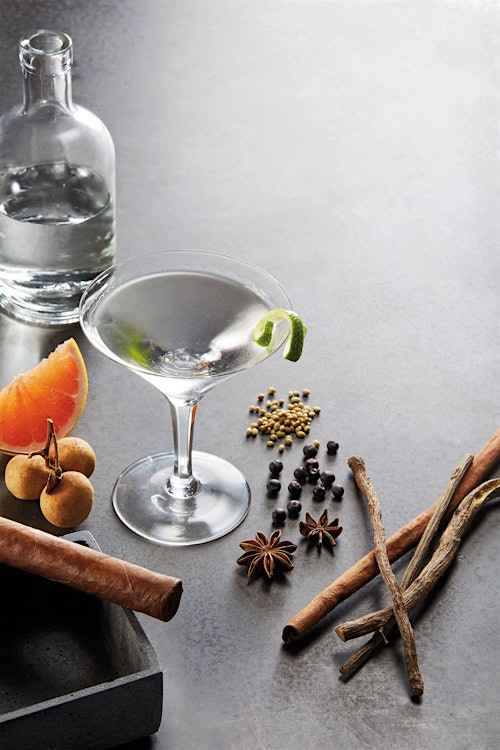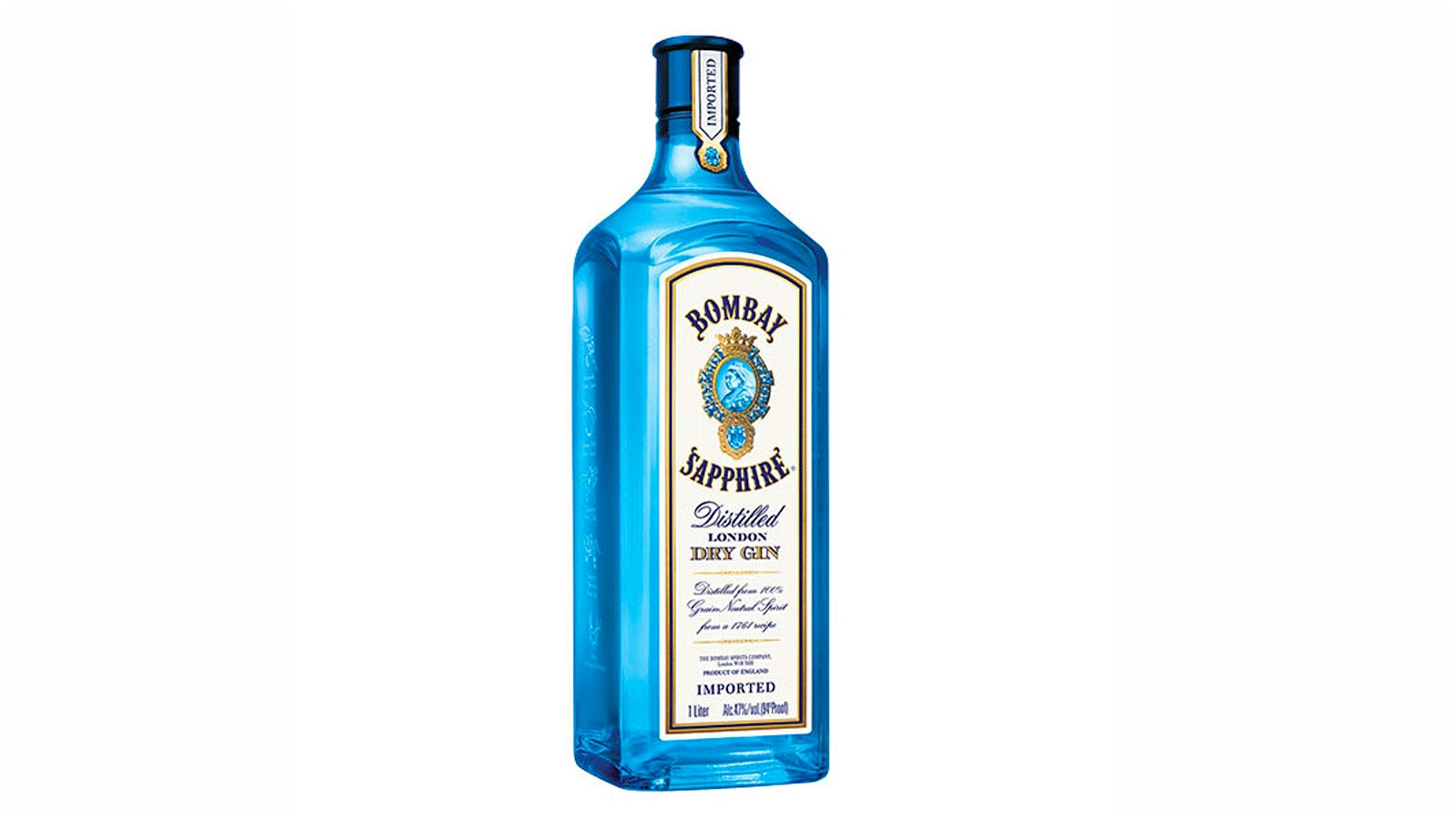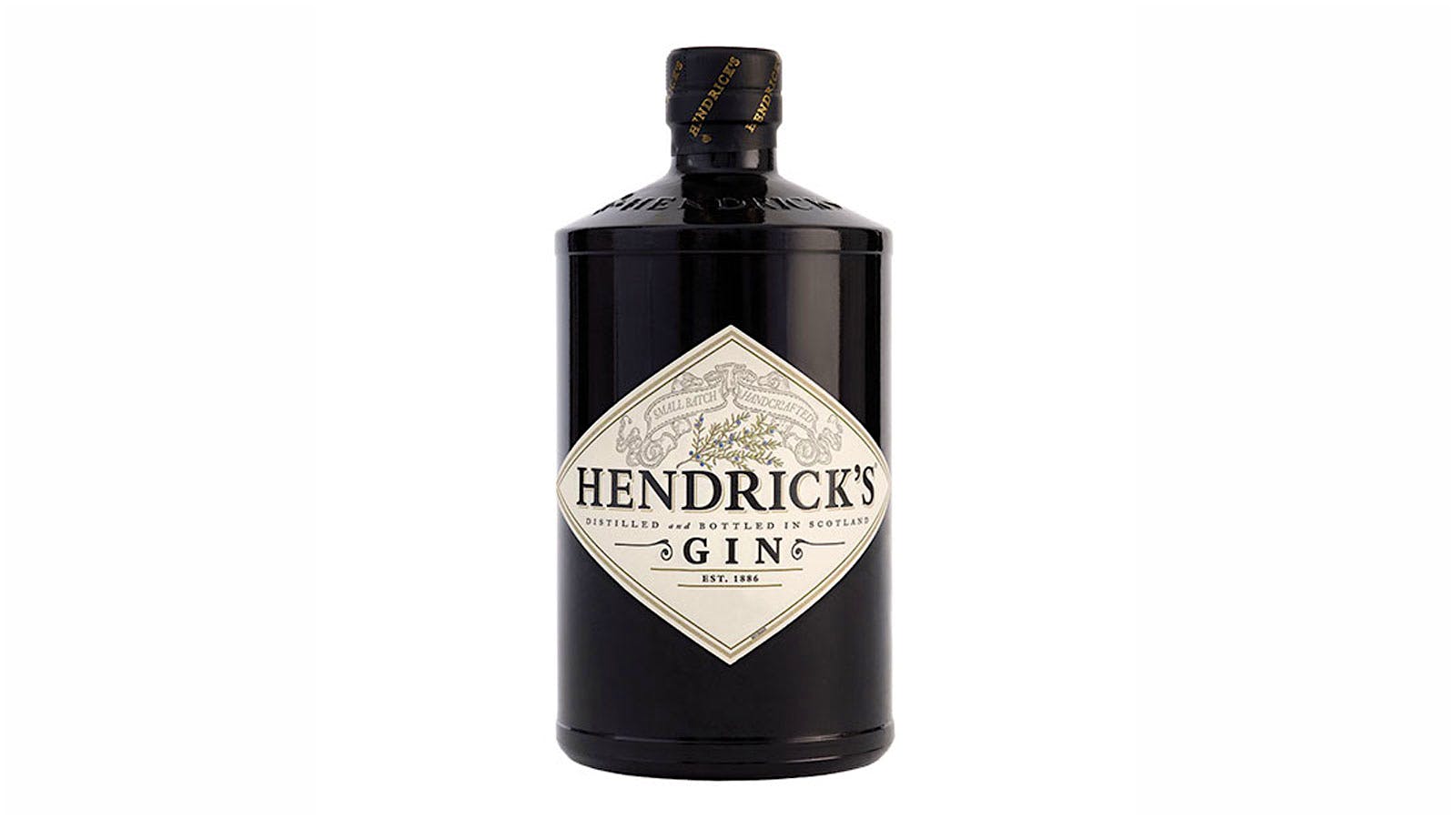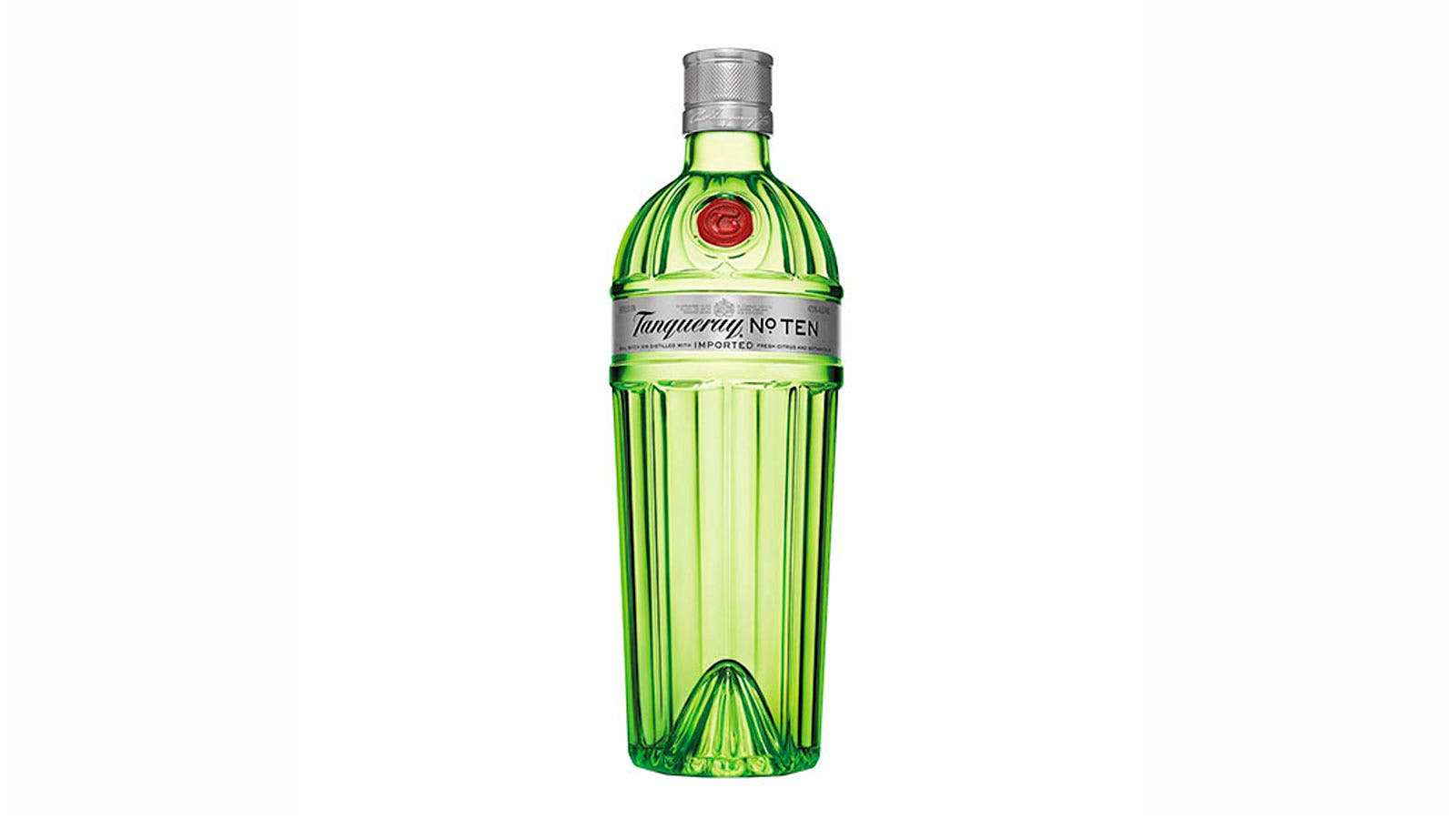Gin’s The Thing

If you seek one spirit to give you endless enjoyment and room for exploration, look no further than the bracing, zesty, alluring charms of gin. It lies at the core of all true Martinis (sorry vodka) and is the source of a plethora of classic and newfangled cocktails. With dozens of flavoring botanicals to choose from—sometimes you’ll find that many in a single bottle—it’s no surprise that this juniper-driven drink has hundreds of separate brand expressions across the globe. You might be tempted to lump gin with flavored vodka, but it has a far longer history dating back hundreds of years and its complicated distillation process gives gin incredible complexity in each sip. This mercurial quaff will refresh you all summer and hold you in warming stead all winter.
Its heritage began in Holland as a quite different drink—old gin was a malty spirit named jenever (juniper in English) for its defining flavor. The British co-opted it, making the drink lighter, brighter and drier, and exporting it to the world as London dry gin. Nineteenth-century American bartenders used it to create scores of classic cocktails, flips, smashes, cobblers, fizzes, sours and, of course the regal Martini. But don’t think of gin as your grandfather’s drink. The recent revival of the classic cocktail culture has brought gin storming back with self-styled bar chefs rediscovering the originals and inventing new concoctions of their own. The so-called craft whiskey movement also did its part to jumpstart the category. Microdistillers found they could quickly market a gin (a drink that takes relatively little time to finish), while they bided the years it would take for their whiskey to mature. That brought creativity and novel flavors, even while the popularity of the timeless, tangy London dry version has burgeoned. Here are some of our favorites from both worlds.
Beefeater Undoubtedly you know Beefeater from the yeoman warder pictured on its label. Born in London in 1863 and still operating there, it’s earned the pictured heritage. This quintessential, full-bodied juniper-driven London dry gin makes no secret of its recipe. The other eight botanicals are almonds, angelica root, angelica seed, coriander seed, lemon peel, licorice, orris root and Seville oranges. They come together beautifully for a traditional Martini. Beefeater 24 adds Japanese sencha, Chinese green tea and grapefruit peels for zestiness. The distiller is on the second edition of its small-batch Burrough’s Reserve (named for the founder). A short resting in red and white Bordeaux casks gives it creamy wood and fruit notes as well as a bronze hue. (London Dry, 94 proof, $20; Beefeater 24, 90 proof, $25; Burrough’s Reserve 86 proof, $75, prices vary)
Bluecoat American Dry Philadelphia is its home, and the name is a not-so-subtle thumbing-of-the-nose at British gin invaders. Bluecoat fights back with a simple recipe distinctive by its use of organic juniper and American citrus. This type of juniper berry gives it a fruitier taste and the citrus is prominent and slightly sweet. At the same time, the gin is toasty and almost earthy. The Philadelphia Distilling Co., launched in 2005, also makes 1681 Vodka from local organic rye, although the spirit for its gin is fermented from rye, corn, barley and wheat. (94 proof, $30)
Bombay Sapphire The name may be a bit misleading—this gin comes from England, not imperial India—but the spirit is still quite forthright about its contents, listing its botanicals right on the bottle. For Sapphire they number 10. During final distillation, the flavors are infused in a mesh basket at the top of a special still. The Sapphire East edition adds two more ingredients—lemongrass and Vietnamese black peppercorns—to the bin with the effect of amping up zest and spice. Both gins are slightly dialed back from the London dry standard, allowing the aromatics to show through. (Sapphire, 94 proof, $22; Sapphire East, 84 proof, $22)
Caorunn The land best known for whisky (Scotland) is becoming a source of many quirky gins, and Caorunn (pronounced ka-roon) is especially emblematic of the trend with the use of locally foraged botanicals along with traditional London dry flavors. Along with some of the more traditional botanicals, it also employs herbal dandelion, bitter rowan berries, slightly sweet Coul Blush apples and floral heather. The result is at once lush, hearty, perfumed and fruity. (83.6 proof, $35)
Citadelle Another gin that goes against the local grain (so to speak) is Citadelle, which is made with soft wheat, not grapes, in Cognac by the brandy maker Pierre Ferrand. The distillation is done in traditional Charentaise pot stills in the off-season, when Cognac can’t be made. A total of 19 botanicals are used, adding outliers like violet root, cinnamon, nutmeg, savory and grains of paradise. The profile is spicy, floral and complex. Citadelle also makes a higher marque, Reserve, which adds exotic ingredients such as Korean yuzu, génépi flower and Bleut flower and takes the unusual, but historically sound, step of a short aging in French oak casks, which rounds out the flavors. (Citadelle, 88 proof, $25; Reserve, 88 proof, $35)
Death’s Door The name sounds ominous, but the gin is not. The moniker comes from a treacherous strait on Lake Michigan, between Door County, Wisconsin, and Washington Island, where its wild juniper berries and organic wheat are gathered. Its recipe stands out for its simplicity: just juniper, coriander and fennel seeds. While avoiding a muddled profile, the triad still discovers a wealth of flavors that includes pine, hearty licorice from the fennel and plenty of citrus and spice. (94.6 proof, $30)
Hendrick’s Another Scottish entrant, Hendrick’s fairly turned the gin world around almost two decades ago when it introduced itself as a self-described “most unusual gin.” Innovation started with some oddball botanicals (including yarrow wildflowers, elderflower and chamomile), then proceeded to distillation which occurs in two different types of stills: First, a kind of pot still that emphasizes juniper flavors, then a Caden-Head still, with a copper botanical basket at its top to express the subtler floral notes. The two spirits are later blended. At this point, comes the most defining difference in the gin: the infusion of Bulgarian roses and cucumber, the latter being particularly recognizable in the mix.(88 proof, $35)
Malfy G.Q.D.I. Maybe it shouldn’t come as a surprise since Italy (after Spain) is one of the foremost champions of the Gin & Tonic, but this brand makes the unusual claim that gin originated in Italy, rather than Holland. Malfy is relatively new, but undeniably Italian, with its huge component of lemons from the Amalfi Coast that make for a fresh summery flavor. Its soft juniper taste comes from Italian berries as well. The initials stand for Gin di Qualitá Distillato in Italia. (82 proof, $30)
Martin Miller’s The British entrepreneur/rock promoter/publisher Martin Miller freely admits that he knew nothing about making spirits when he started in the business. But he did detect a need for a gin that you could drink neat and so he hired experts to create it for him. What they came up with was a drink with the standard botanicals, but with a twist in the production. After the gin is distilled at high strength, it is shipped to Iceland where local waters bring it down to bottling proof. That is what gives it its distinctive soft mouthfeel. As well as drinkability, the gin also displays prominent orange and lemon notes and a spicy sweetness. (90 proof, $30)
Nolet’s Even while the Dutch precursor of gin—jenever—is known as a malty spirit, this product of Holland weighs in as a luxury dry gin. Nevertheless, the Nolet family, the 10th-generation distiller of Ketel One Vodka, couldn’t resist a unique direction. Nolet’s distinguishes itself from the typical London effort by backing off on the juniper quotient and ramping up floral and fruity flavors. Among its botanicals are Turkish rose, peach and raspberry. Already along the pricey side with the initial Nolet’s Silver, it kicked the jambs out with its follow-up, the hyper-premium, limited edition Nolet’s Reserve. With the addition of saffron and verbena, it is exquisite. (Silver, 95.2 proof, $45; Reserve, 104.6 proof, $700)
Plymouth The oldest gin made in England (it was created in 1793) Plymouth occupies a gin subcategory all its own, also called Plymouth gin. The name arises from the Devonshire city that such gin must be made in. Similar to a London dry gin, but less juniper forward, it prefers to show off its orange and lemon notes. Still, it parades many of the other botanicals (coriander seeds, angelica root, orris root and cardamom) of the gins named for the capital city. Plymouth is more hearty than crisp, with a slight nutty character. The Naval Strength version, developed to be drunk by mariners, is higher proof, but also hotter, obscuring some of its charms. (Plymouth Original, 82.4 proof, $33; Naval Strength, 114 proof, $50)
Ransom Old Tom This Oregonian gin is made in the old-fashioned, but now rare style called Old Tom. Sweeter than London dry, it was most popular in the 19th century and all but disappeared after Prohibition. Ransom, a distiller of grape and grain spirits, follows tradition by subtly aging the gin, which is made from corn and malted barley. When possible the botanicals are local and organic. It is fitting that cocktail historian David Wondrich had a hand in the formulation of Ransom Old Tom, as many of the classic gin drinks of which he has written were invented using this style of gin. Fuller bodied than most gins, it has malty, almost leathery notes and smacks of orange, spice and pine. (88 proof, $45)
Tanqueray Although it is now made in Scotland, Tanqueray (founded in the 1830s and pronounced tanker-ray) remains solidly in the crisp London dry gin category with such botanicals as the required juniper as well as coriander, angelica root and licorice. The standard release lacks a citrus component, but you’ll add that anyway when you squeeze lime in for a Gin & Tonic. The superpremium Tanqueray No. Ten, made for use in a Martini, boasts citrus with a particular grapefruit note. The distiller also makes the lower-proof, Rangpur, using an east Asian variety of lime. The brand is particularly popular in the U.S., where it is said to have been Frank Sinatra’s favorite. (Tanqueray, 94.6 proof, $25; No. Ten, 94.6 proof, $34; Rangpur, 82.6 proof, $26)








